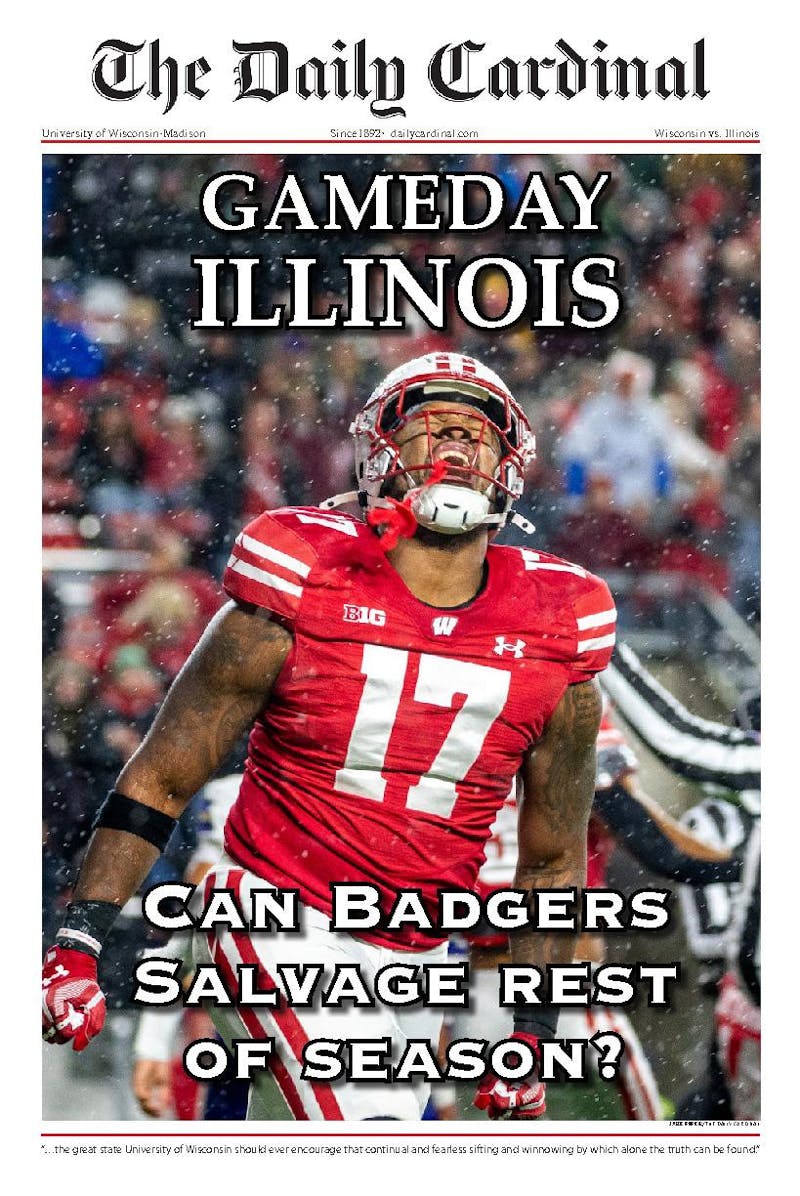So there’s this really terrific film called “Belle,” and if you haven’t seen it I really recommend it. The premise is (basically) that the mixed race daughter of an English admiral runs into trouble when she tries to be a black person in 18th century Britain. It intelligently tackles social and racial issues, it’s visually stunning, and the cast, especially star Gugu Mbatha-Raw and veteran Tom Wilkinson, give fantastic performances.
However, if I’m being totally honest, that’s more or less what I went in expecting, and it isn’t alone why I thought the film was as great as I do. Going into the film, I was more or less expecting “just another” period piece, albeit one that would be a much needed change of perspective from the traditionally overwhelmingly white genre.
Fortunately the film found a way to break that mold, and it did so in a way that I think really illustrates something basic about film.
You see, “Belle” is far from a comedy, but it still managed to draw huge laughs from the crowd I watched it with. And it got most of these laughs not with witty repartee or zingy one liners, but with cuts. These cuts were always underscoring some aspect of the dialogue of course, but the audience was reacting not to the words, but to the editing that structured them.
And the prevalence of this editing was true across the entire film. It was consistently poppy and driven, to the point that some of it felt straight up weird. But, in a film where a lot of important scenes revolve around people sitting at a table or on couches, the way the film navigates these spaces becomes increasingly important, to the point that it’s maybe the most important tool director Amma Asante had in designing her film.
It isn’t just the fact the cutting manages to somehow feel as rigid as the society it’s expressing while being energetic enough to keep the film alive and engaging, or that this combination manages to perfectly highlight the hypocrisies of the world while still allowing for moments of genuine emotion to shine through.
Essentially, “Belle’s” editing managed to elevate it above both its script (which is honestly a little conventional) and its genre to create something uniquely exciting and compelling. I think this helps illustrate the often repeated, and at this point trite but not untrue idea that cinema has its own language, and its own way of communicating.
Of course, there are the parts of films which are obviously connected to language. Characters, dialogue, and plot are all artificial, constructed in order to get the point of the film across. They are, effectively, the grammar of the film, the structure of a sentence, the “what,” which the film is saying. Even actors’ performances are explicit representations of the film’s purpose, conveyed in a way that is relatively direct, and that we’re used to.
There is, though, a second category of film language—a film’s editing, its cinematography, sound design, etc.—which works in subtler, quieter ways. It’s what most people are referring to when they say “the language of cinema,” but that idea feels inclusive, like you need to study film linguistics to really understand it. And you don’t.
Part of why this secret, unspoken language is so beautiful (to me, anyway), is the fact that it works in rhythms and colors and light, and movements. It might more accurately be called the music of film, but either way, it doesn’t play to the intellectual part of an audience’s collective brain. It plays to the parts of our brains that operate without processing too hard, and when we slip into that zone we think about what we’re seeing less, and feel it more. If story and themes are what the film is saying, then this whole second category is how the film’s saying it. It’s the tiny inflections in someone’s voice that let us know they’re joking. It’s body language.
“Belle” didn’t earn laughs because its cuts were breaking some esoteric rule of filmmaking, or because the audience appreciated how difficult the editor’s job managing the spaces was; it earned laughs because it hit the audience in a way that they weren’t used to being hit. It wasn’t just saying interesting things, it was being interesting itself, and it doing so it stopped being another period piece and started being a unique, riveting piece of art.
It was able to do this because Asante understood the language she was speaking when she made her film. And like all languages, there isn’t any one use for it that’s better than any other one. For “Belle,” the right choice came its poppy type editing, but for say the deadpan snarkery of Jim Jarmusch’s films, holding back both the editing and the camera underscores the bone dry comedy. Both work perfectly well, because they understand not just what they’re saying, but how they’re saying it.
This seems small and obvious, until you compare “Belle” to the countless dull period films that it manages to transcend. It’s the difference between being in a room with a genuine, charismatic, engaging person who has something important to tell you, and a used car salesman.
Did Austin's assessment of editing cut you to the quick? Send him an email at wellens@wisc.edu.






